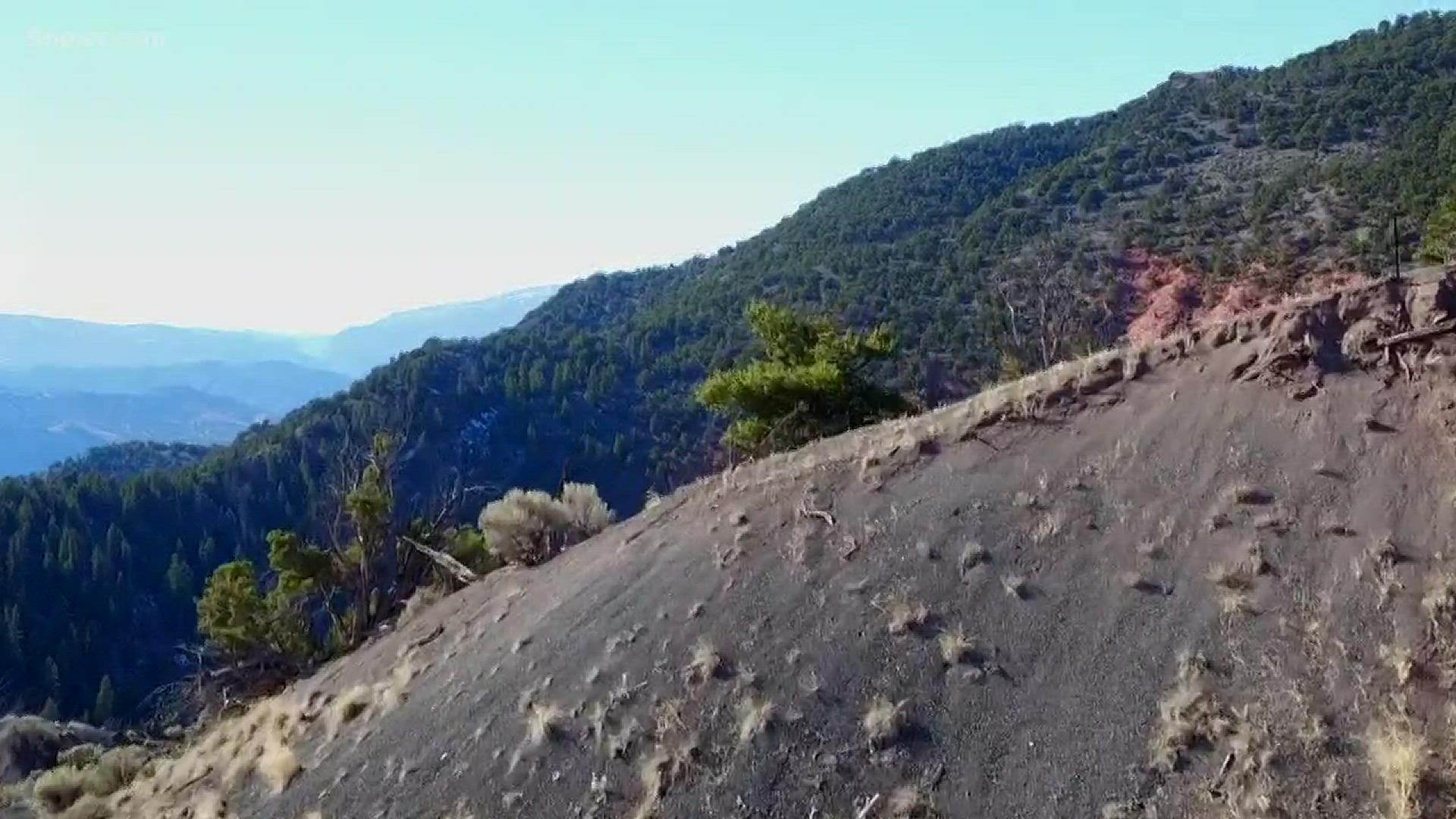DENVER — A 6.5-magnitude earthquake that rattled Idaho and multiple other surrounding states was the strongest in the area since 1983, but the U.S. Geological Survey (USGS) said activity like this isn’t necessarily unexpected in an area that is relatively seismologically active.
And, to put your mind at ease during an already uncertain time? USGS Seismologist David Shelly said there’s no connection between the Idaho earthquake and Yellowstone supervolcano.
“This earthquake is about 200 miles west of Yellowstone, and it’s in quite a different tectonic environment,” Shelly, who is based in Golden, said. “There’s no reason to believe that the two are related.”
The Yellowstone caldera is roughly the size of Rhode Island, and the last supereruption – that was 631,000 years ago – spewed so much debris into the atmosphere that it covered nearly half the U.S. in residue, according to USA TODAY.
>>> Watch the video above to learn about Colorado's only active volcano.
Scientists continue to study the still-active volcano, something that if it were to erupt, one Colorado School of Mines geologist told 9NEWS could be a “life-altering” event.
But, Shelly said it probably won’t happen in our lifetimes.
“The kinds of timescales that the Yellowstone supervolcano operates on are so vast compared to human timescales, that the risk from a large eruption in Yellowstone is tiny,” Shelly said.
The Idaho earthquake happened in a relatively rural area.
Shelly said Denver isn’t as tectonically active as Idaho or even Utah, where another earthquake was recently reported.
“We always want people to be prepared, but the earthquake rates are higher and there’s a much larger chance of big earthquakes where this happened than in the Denver-area,” Shelly said.
He also said the Idaho earthquake was not caused by fracking.
“This earthquake happened in a seismologically active area,” Shelly emphasized.
SUGGESTED VIDEOS | Local stories from 9NEWS

